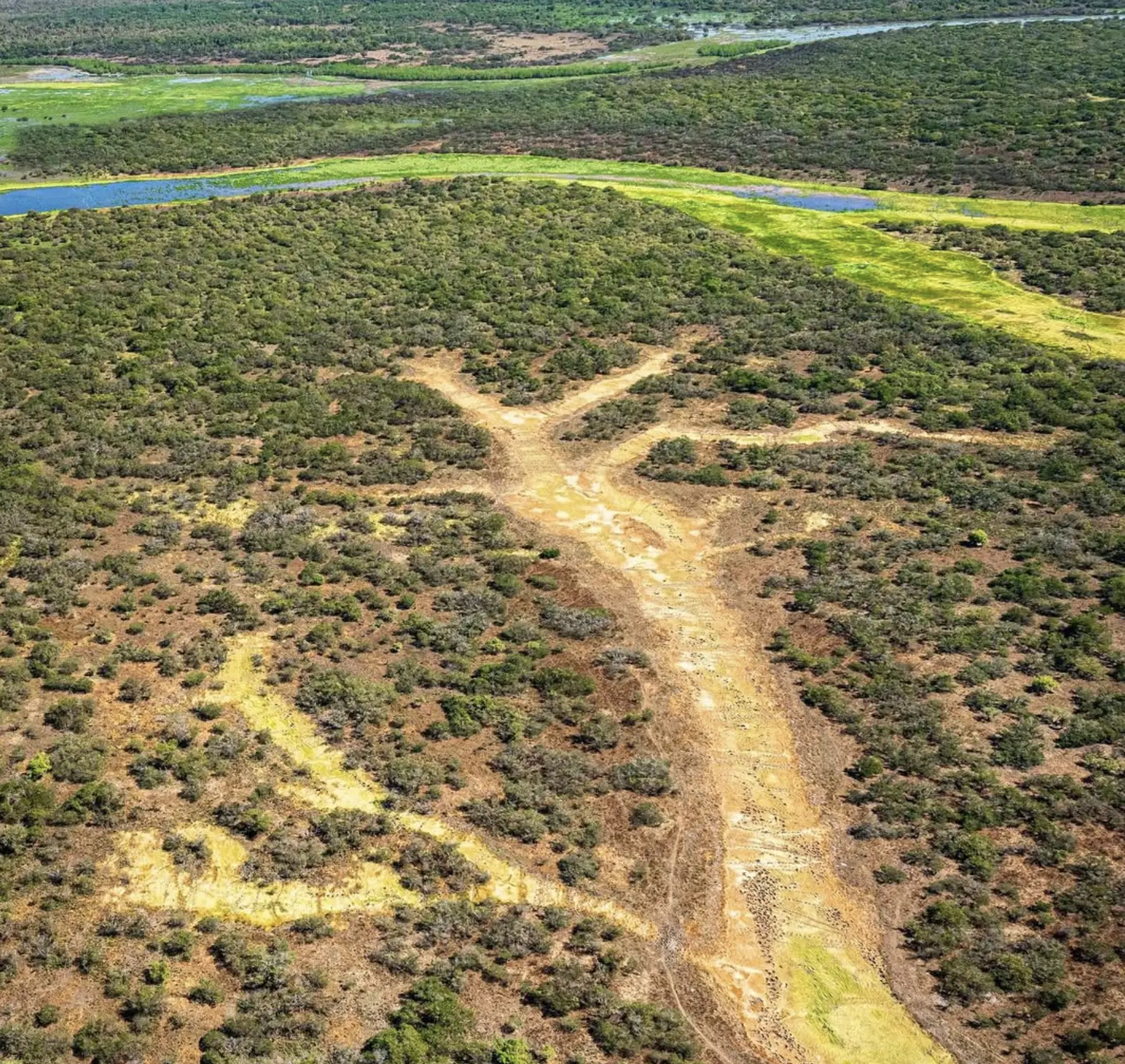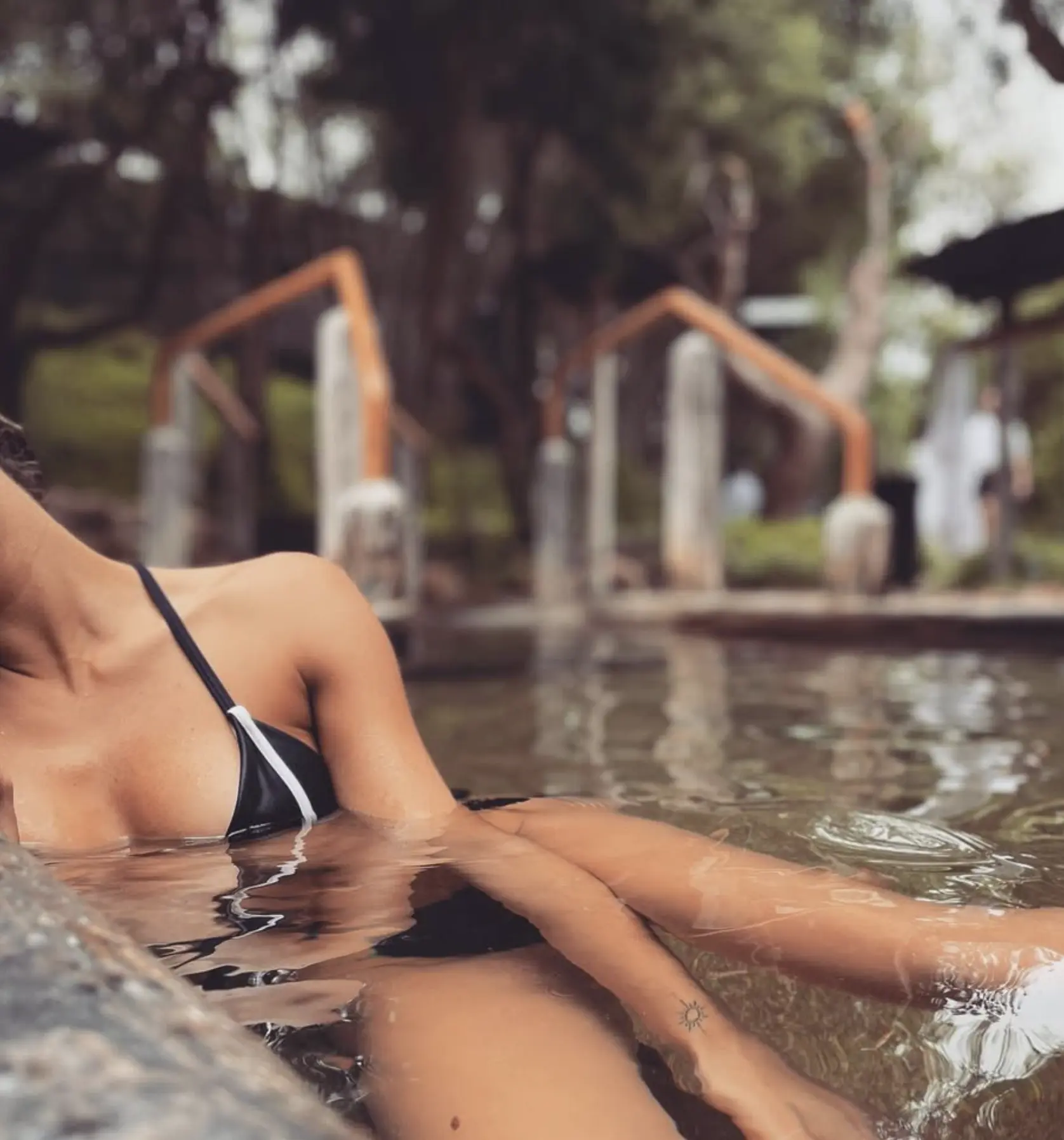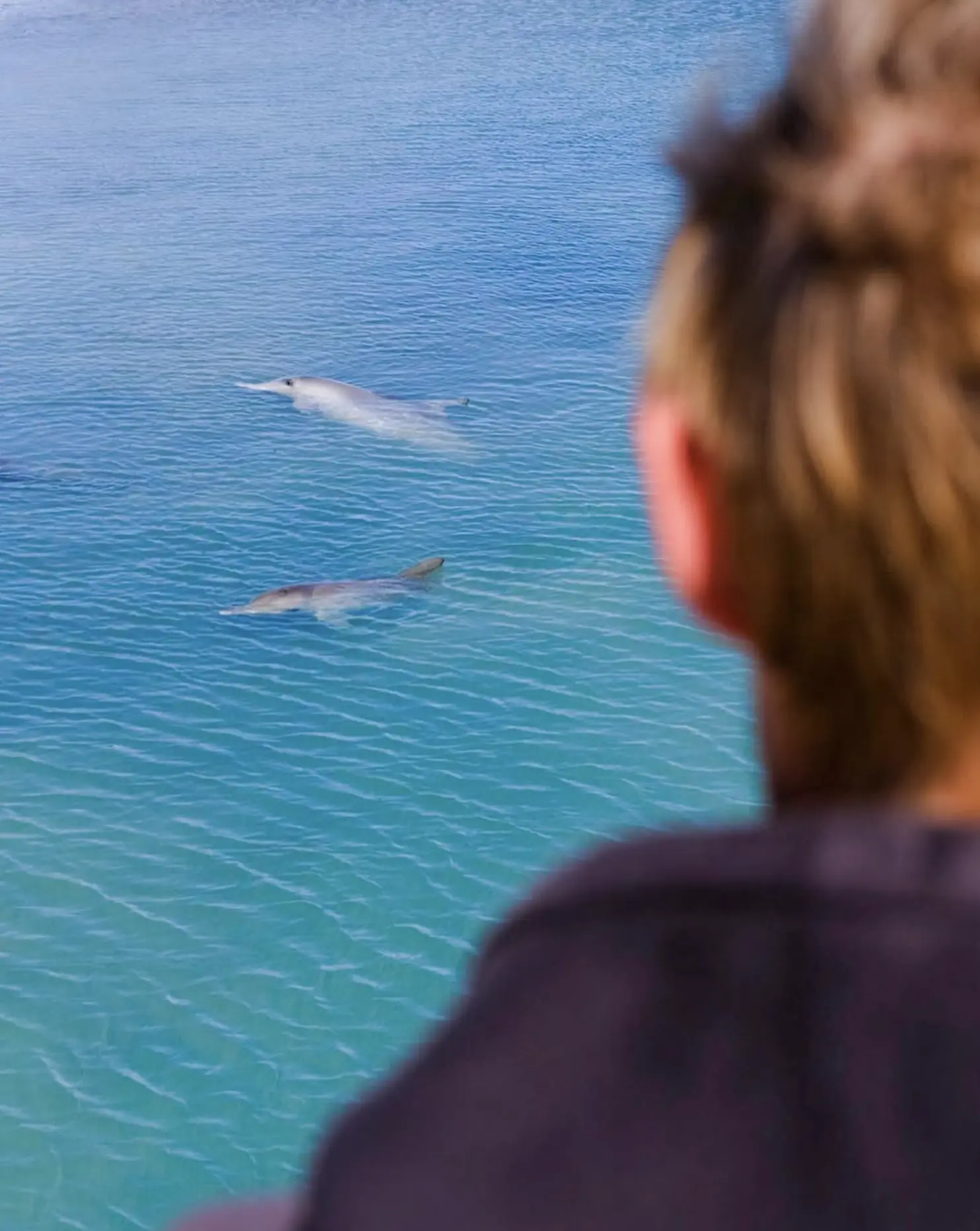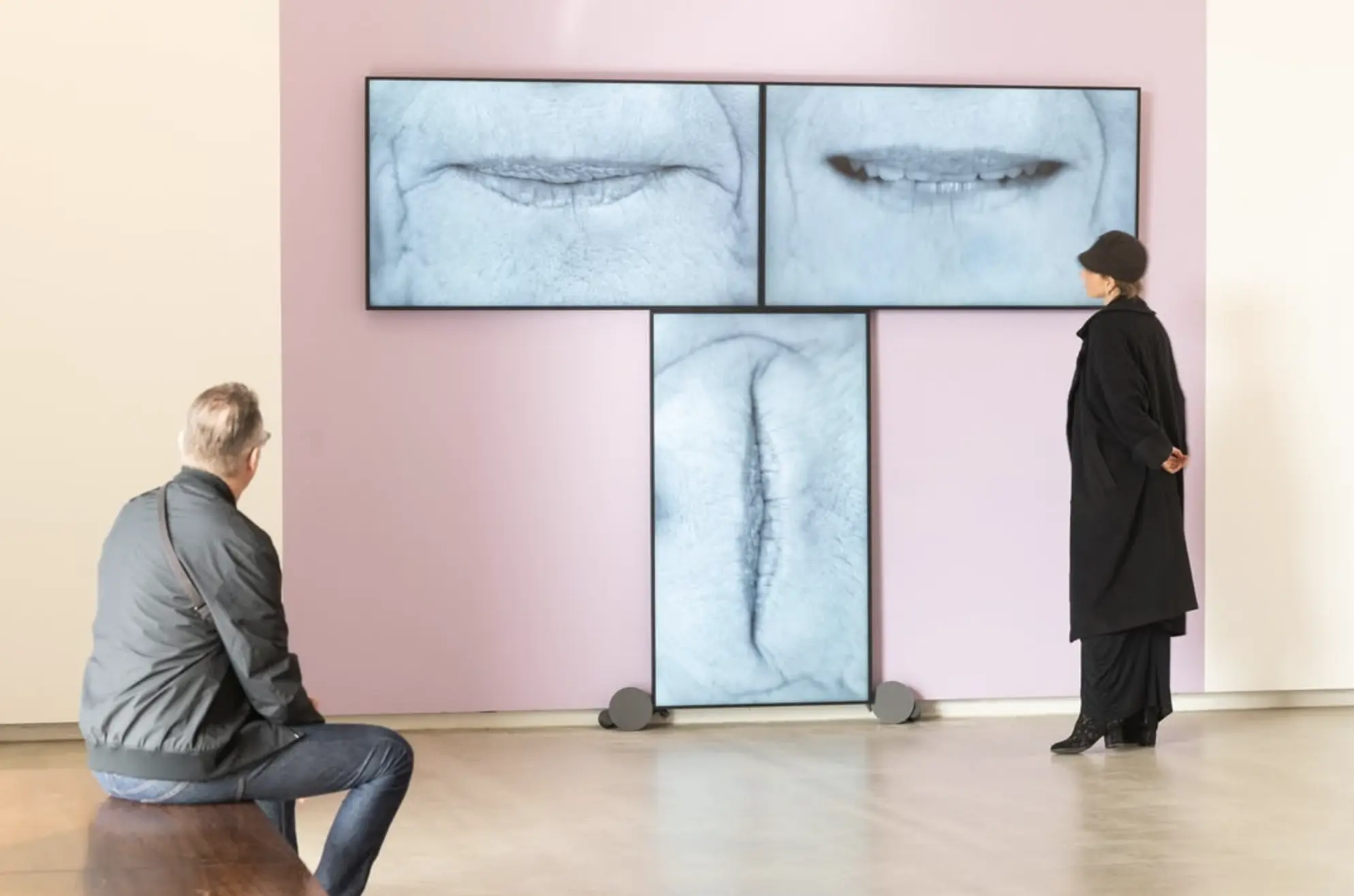Kakadu National Park is one of Australia’s biggest icons and offers visitors the chance to connect with nature, history and culture. At nearly 20,000 square kilometres, it’s a UNESCO World Heritage site famous for its rock art galleries, dramatic landscapes and incredible wildlife. Many people ask, “Can you take a Trip to Kakadu without a tour?” The answer is a big yes! With some planning and a sense of adventure, you can do it yourself and have an amazing holiday.
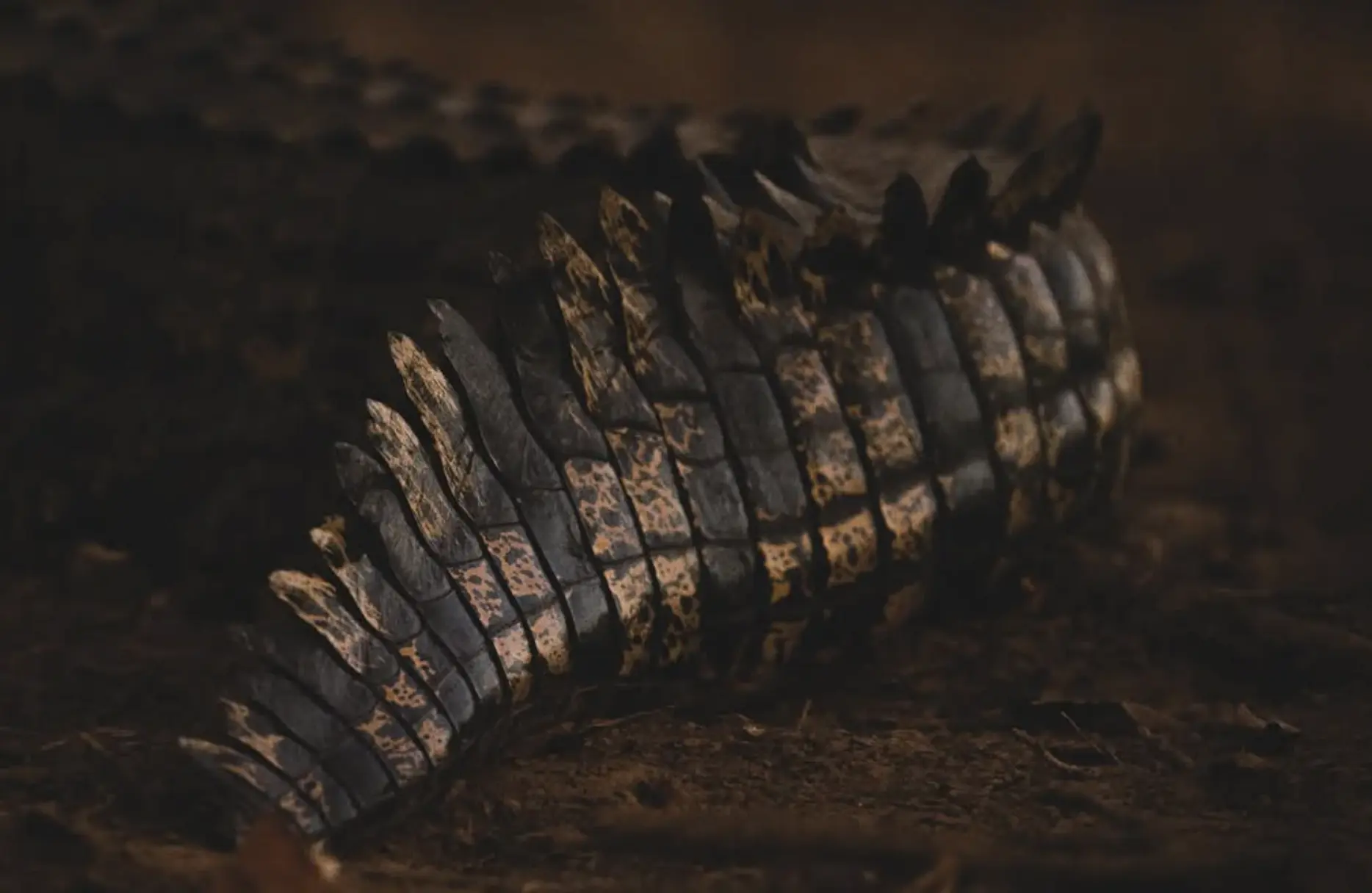
What Makes It an Ideal Choice
Doing Kakadu independently means you can have a real getaway and create your own itinerary. You can visit Ubirr, relax at Gunlom, and take your time discovering waterfalls and cultural sites.
Independent Benefits
- Customised Itinerary: Focus on what you want to see – rock art sites, hundreds of birds or croc-free plunge pools.
- Save Money: No cost of private guides or tours and still see the best of the park.
- Stop and smell the roses: Enjoy the freedom to stop at lookouts, cultural sites and natural attractions.
However, going solo requires some planning to ensure safety and get the most out of your trip. Let’s get into it.
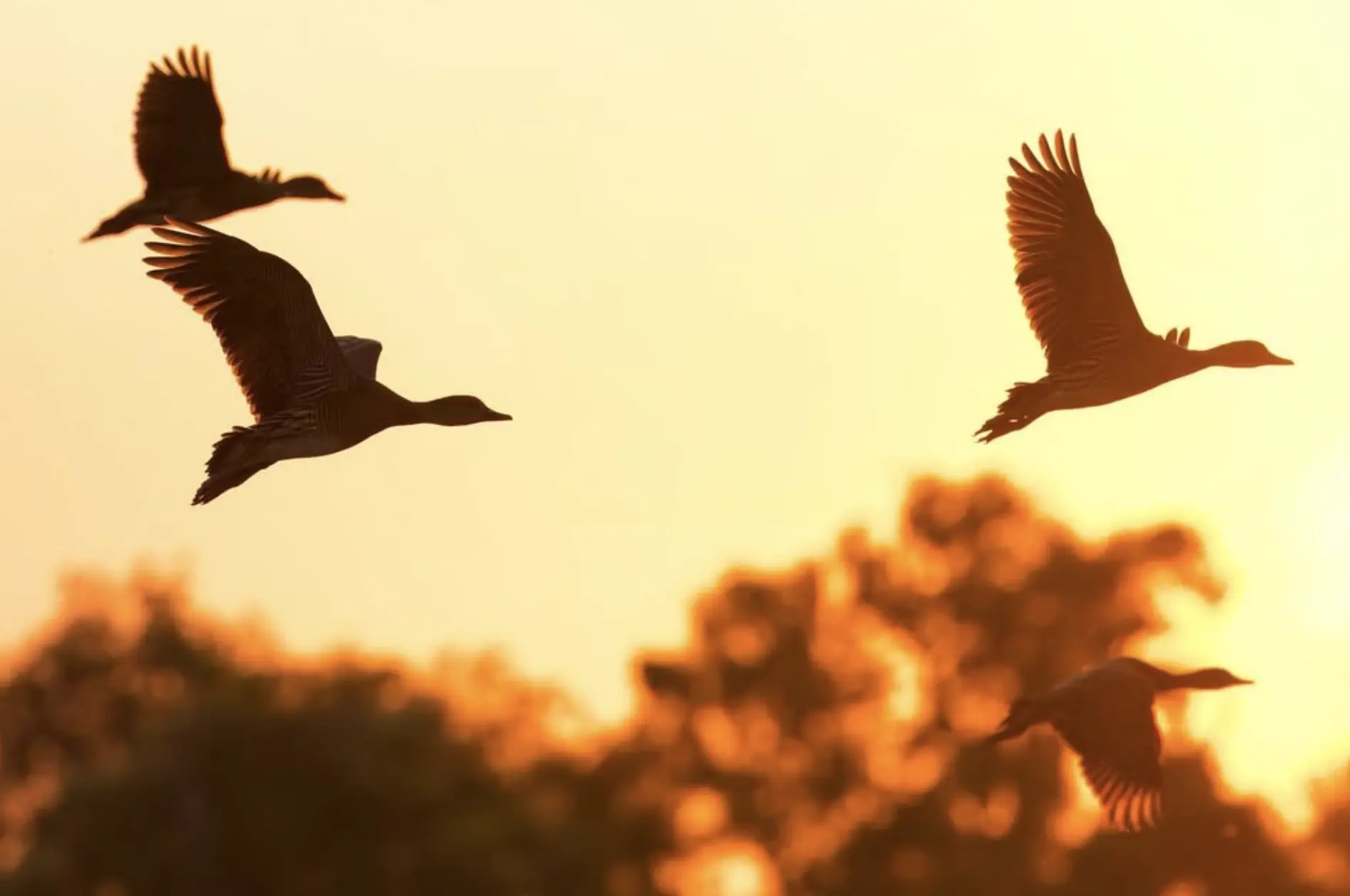
Planning Your Independent Trip
1. Best Time to Go
Kakadu has two main seasons:
- Dry Season (May–October): The most popular time to visit, cooler temperatures, sealed roads and attractions like Jim Jim Falls, Yellow Water and the highest waterfall in the park. The dry months are also the best time for boat cruises like the Yellow Water Cruise, sunset cruise and even a dusk cruise.
- Wet Season (November–April): For thousands of years Kakadu has been hit by storms and this time of year is when the park is lush and green and waterfalls are at their best. However many unsealed roads and dirt roads are impassable so plan accordingly.
2. Essential Stuff
- Park Pass and Access Roads: Buy a park entrance pass online or at visitor centres. Check the daily access report to see which roads are closed during the wet season.
- Vehicle: 4WD for dirt roads and remote areas. Standard cars can do sealed roads but limit access to some of the highlights.
- What to Bring: Water, cool drink, sunscreen, insect repellent and first aid kit. A GPS or physical map is essential as phone reception is patchy.
3. Accommodation
Kakadu has many accommodation options, from basic campsites to the quirky Crocodile Hotel. For comfort, lodge adventure packages combine convenience with adventure.
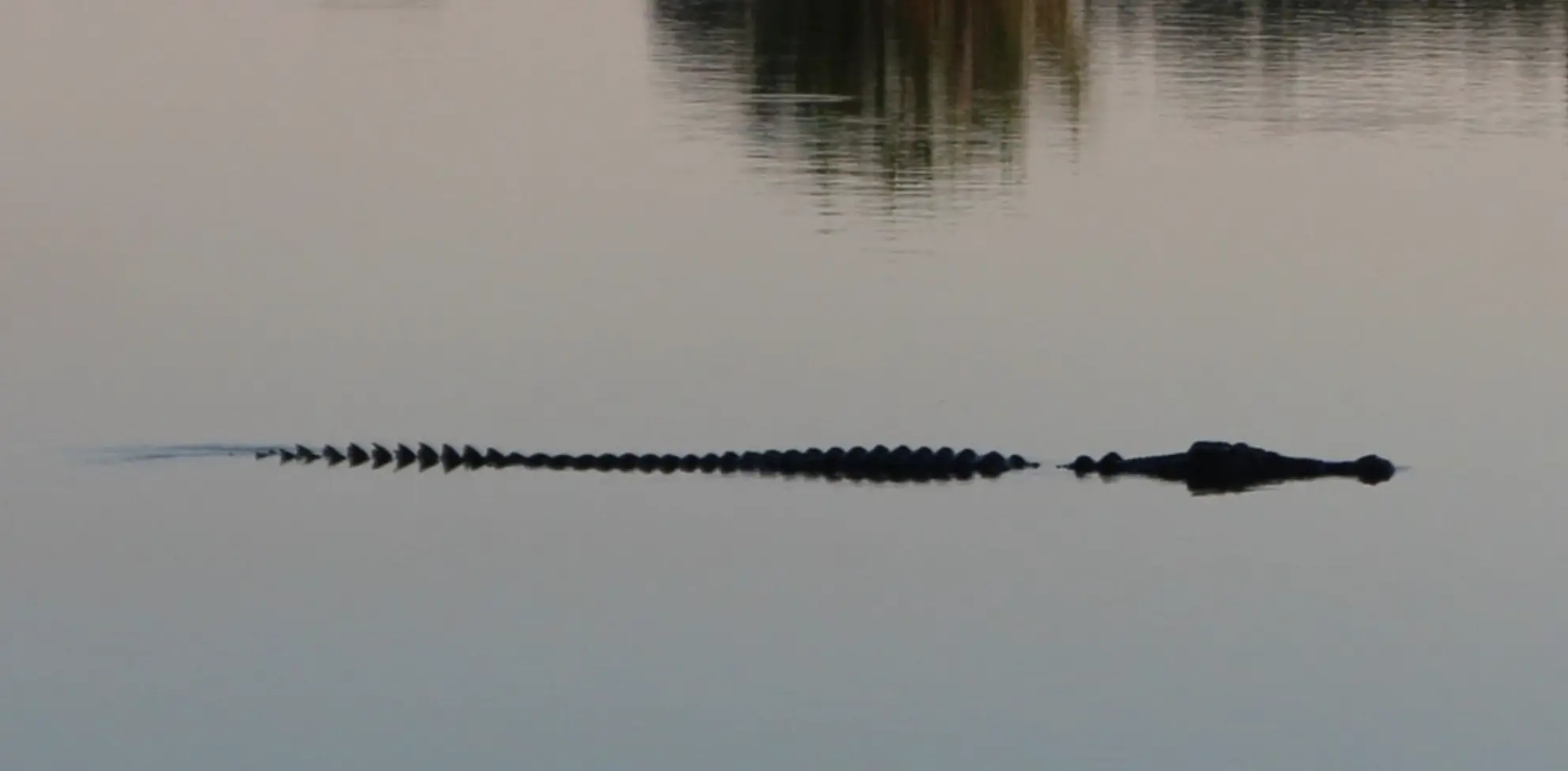
Top Self-Drive Activities in Kakadu
1. See Ancient Rock Art
Kakadu’s rock art is some of the best in the world and reflects the lives of Aboriginal people for tens of thousands of years. Sites like Ubirr and Nourlangie have been like a canvas for thousands of years, with hunting scenes, creation stories and daily life. Be respectful of the art, and don’t touch or deface it.
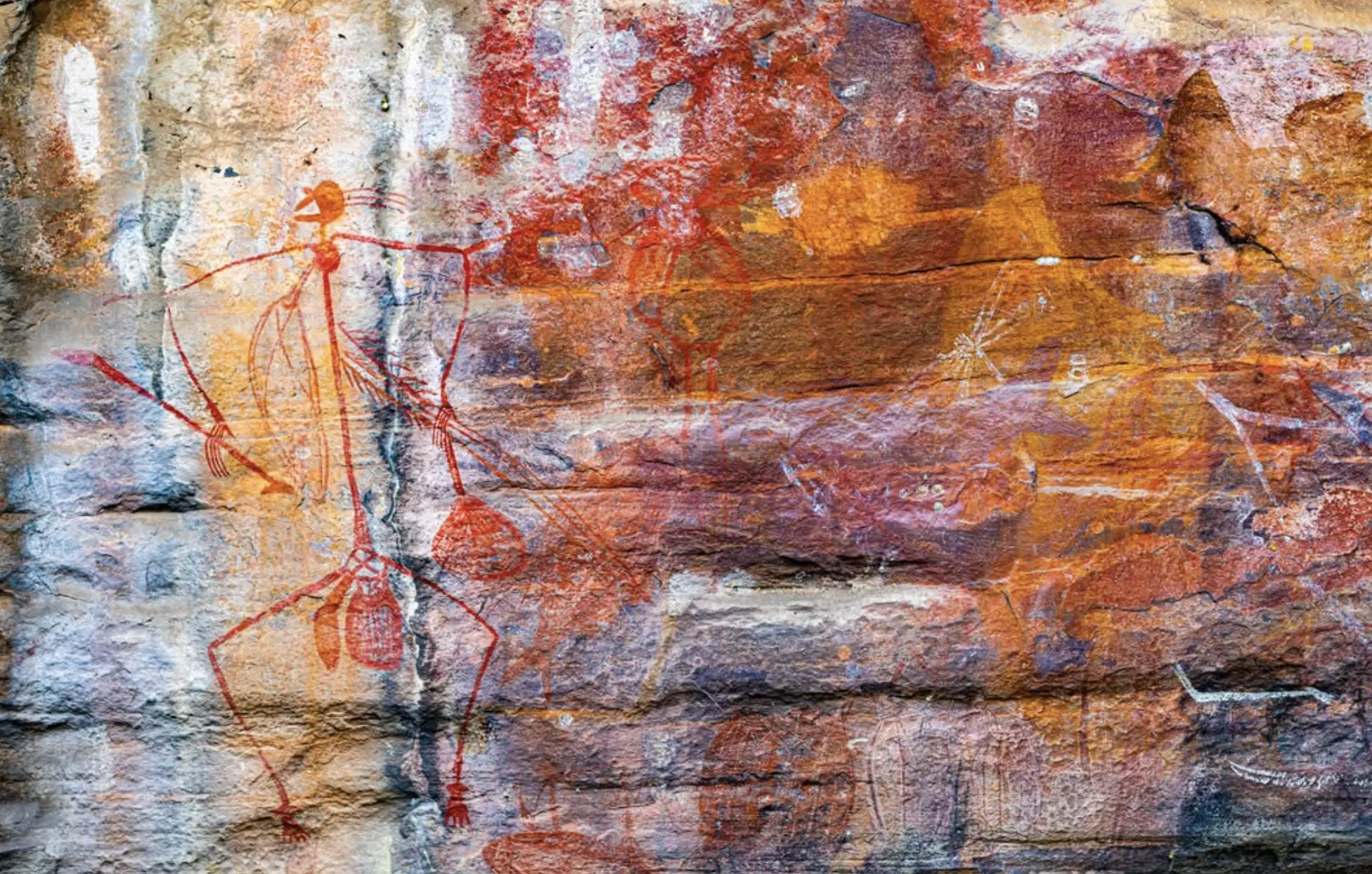
2. Take a Boat Cruise
Take a river cruise or cultural cruise to see Kakadu’s wetlands and spot saltwater crocodiles, the largest reptiles in the region. The Yellow Water Cruise is a must for wetland wildlife and birdlife, including brolgas and kingfishers.
3. Swim in Plunge Pools
Gunlom and Maguk are great places to swim in the winter months. These are safe, peaceful and a great way to get out of the heat.
4. See Stunning Waterfalls
In the dry season, visit Kakadu’s waterfalls, such as Jim Jim Falls and Twin Falls. These are accessible via dirt roads or short walks and are great for photography and relaxation.
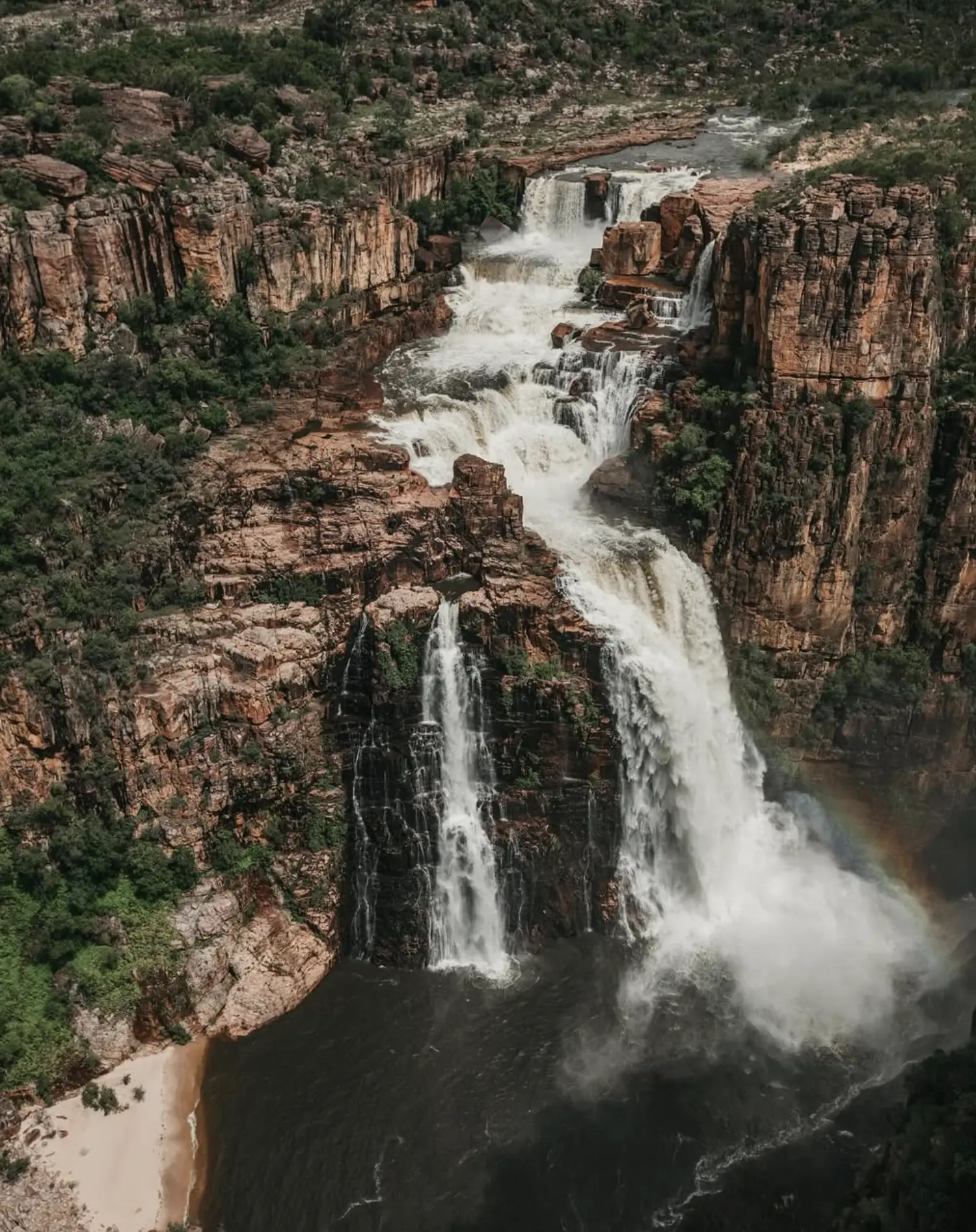
5. Birdlife and Wildlife
Kakadu has a range of wildlife, including kangaroos, wallabies, and wetland wildlife, such as jabirus and whistling ducks. Bird hides at places like Mamukala are great for spotting resident birdlife.
Self-Drive Challenges
1. Navigation
The park is huge and remote so navigation can be difficult. Maps, GPS and trip planning advice from visitor centres are a must.
2. Safety
From estuarine crocodiles to extreme weather, nature in Kakadu demands respect. Always follow warning signs, don’t swim in unknown waters and follow safety guidelines for wildlife encounters.
3. Cultural Sensitivity
Kakadu is the traditional home of the Bininj/Mungguy people, who have lived on the mainland for thousands of years. Be respectful of their culture, heritage, and sacred sites when making a meaningful visit.
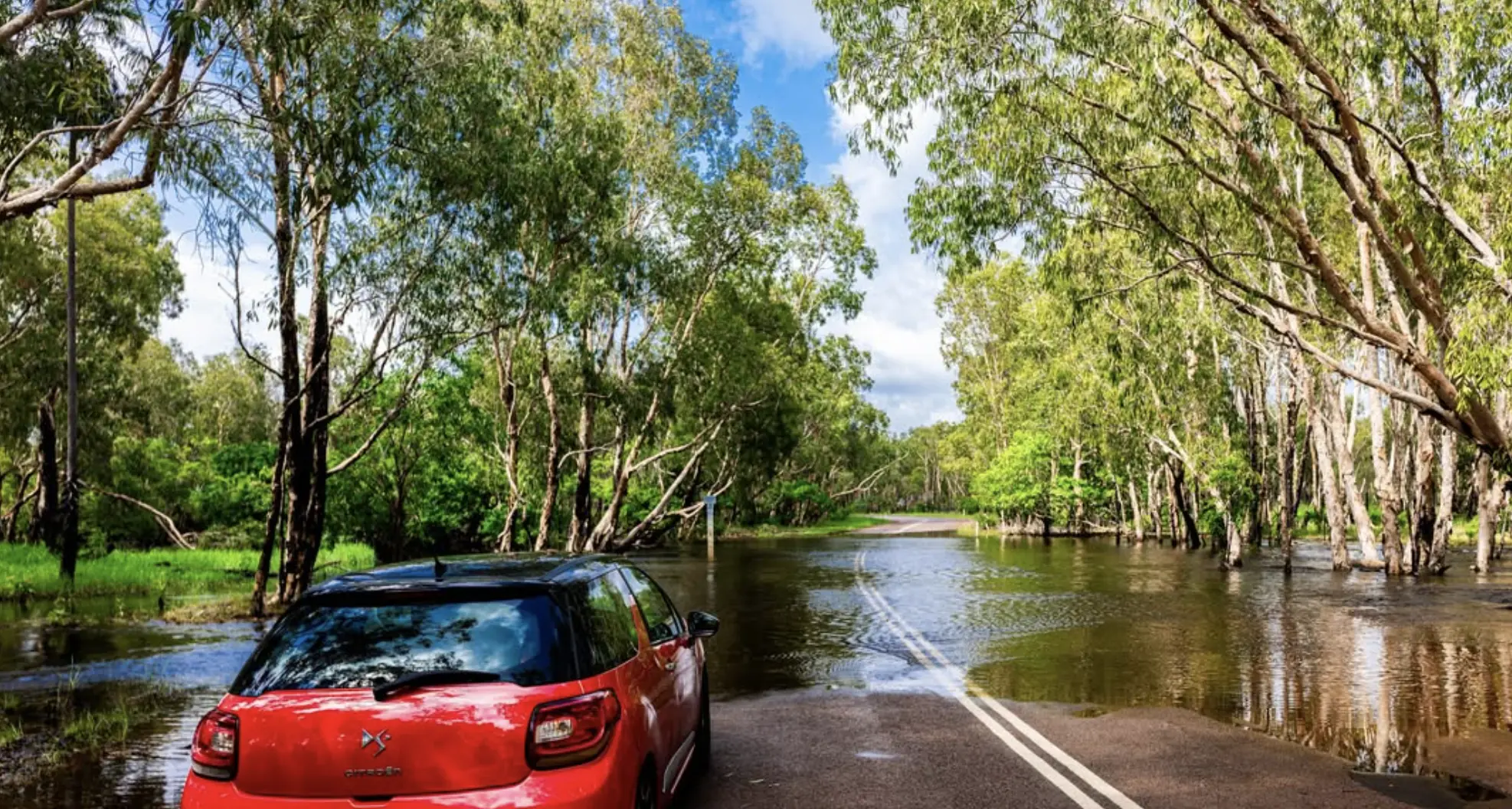
Self-Drive Tips
- Start Early: Get ahead of the heat and crowds by starting your day early. This is especially important for walks and day trips.
- Join an Indigenous Guide: While self driving, consider joining a talk or short tour with an Indigenous guide for more depth on Aboriginal culture.
- Weather: The wet season can be erratic, so pack your rain gear and be prepared for road closures.
- Visit the Cultural Centre: Learn about the park’s history, Aboriginal culture, itinerary and traditions before heading to the rock art galleries.
- Take a Break: Have a cold drink and take in the views from the lookouts.
For those who want a mix of self drive and expert guidance, operators like Autopia Tours offer customisable options of a 2 Day Kakadu Tours or any other. Whether you self drive or join a guided tour, Kakadu is an unforgettable holiday experience with adventure, nature and culture.
FAQ
Can I go to Kakadu without a guide?
Yes, you can. Use trip planning, maps and safety guidelines to get around the park by yourself.
What’s the best time to visit Kakadu?
Dry season (May-Oct) is easier and clearer, wet season (Nov-Apr) is lush and waterfalls.
Do I need a 4WD?
4WD is recommended for unsealed roads and remote areas. If you stick to sealed roads, a standard car will do.
Are there cultural experiences for self-guided travellers?
Yes, Kakadu has many cultural experiences including rock art sites, cultural centre and guided talks by Indigenous people.
Where can I stay?
The park has plenty of accommodation options, from campgrounds to the Crocodile Hotel and luxury lodges.
